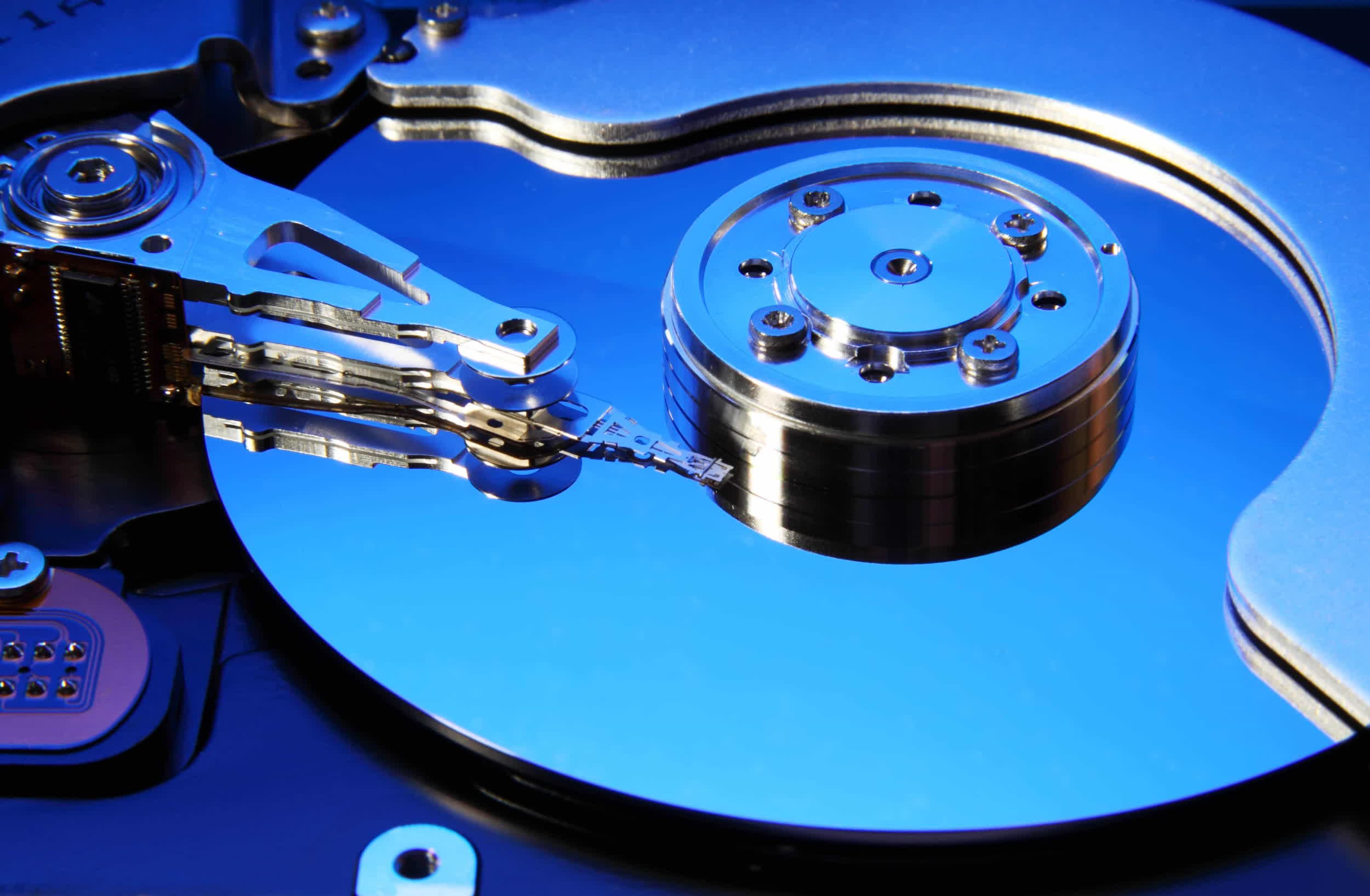Why it matters: There is nothing more enduring than a "temporary" code patchwork for a vast software project. Former Microsoft employee Dave Plummer provides yet another demonstration of this golden rule in software development.

Windows is well known for its almost eerie ability to host a multitude of conflicting GUI paradigms within the same graphical shell. This trend has persisted for decades and is likely to continue with whatever future Windows edition Microsoft is currently developing. However, a specific aspect of the user interface was hastily assembled as a temporary measure until a more refined version could be implemented.
According to well-known Microsoft developer Dave Plummer, the "Format" dialog box was quickly put together in late 1994. At that time, Redmond was busy porting the "bajillion lines of code" from the Windows 95 user interface to Windows NT, as Plummer recently explained on X. The Format GUI was one area where Windows 95 and NT differed enough to warrant a new, custom UI.
The programmer sketched the options for the dialog box on a piece of paper and then created a "simple vertical stack" of all the choices he had prepared (capacity, file system, label, cluster size, etc.) in VC++2.0. Plummer admits that the UI "wasn't elegant," but it would at least provide functional capability until the "elegant UI" could be implemented.
I wrote this Format dialog back on a rainy Thursday morning at Microsoft in late 1994, I think it was.
– Dave W Plummer (@davepl1968) March 24, 2024
We were porting the bajillion lines of code from the Windows95 user interface over to NT, and Format was just one of those areas where WindowsNT was different enough from… pic.twitter.com/PbrhQe0n3K
Thirty years later, consumer Win32 operating systems and the NT technology have been fused together, yet the format dialog box of Windows 11 remains the "temporary" solution Plummer sketched on a piece of paper. Programmers should always be careful when implementing a temporary solution in a much larger software project, the coder says.
Plummer also made some arbitrary choices about the largest possible size of a FAT-based volume. The FAT32 file system introduced with Windows 95 uses a 32-bit field to count sectors, thus providing a maximum size of 2 terabytes for a single FAT32 volume.
The disk format tool integrated into Windows NT only supports volume sizes up to 32 gigabytes, a value Plummer chose all by himself to try to avoid wasting too much storage space with larger cluster sizes. Microsoft clearly decided to embed the original Format UI in the final version of Windows NT 4.0, and the arbitrary choices made by a single developer "on a rainy Thursday" are still with us after all these years.
https://www.techspot.com/news/102390-windows-ui-disk-formatting-temporary-solution-stuck-30.html